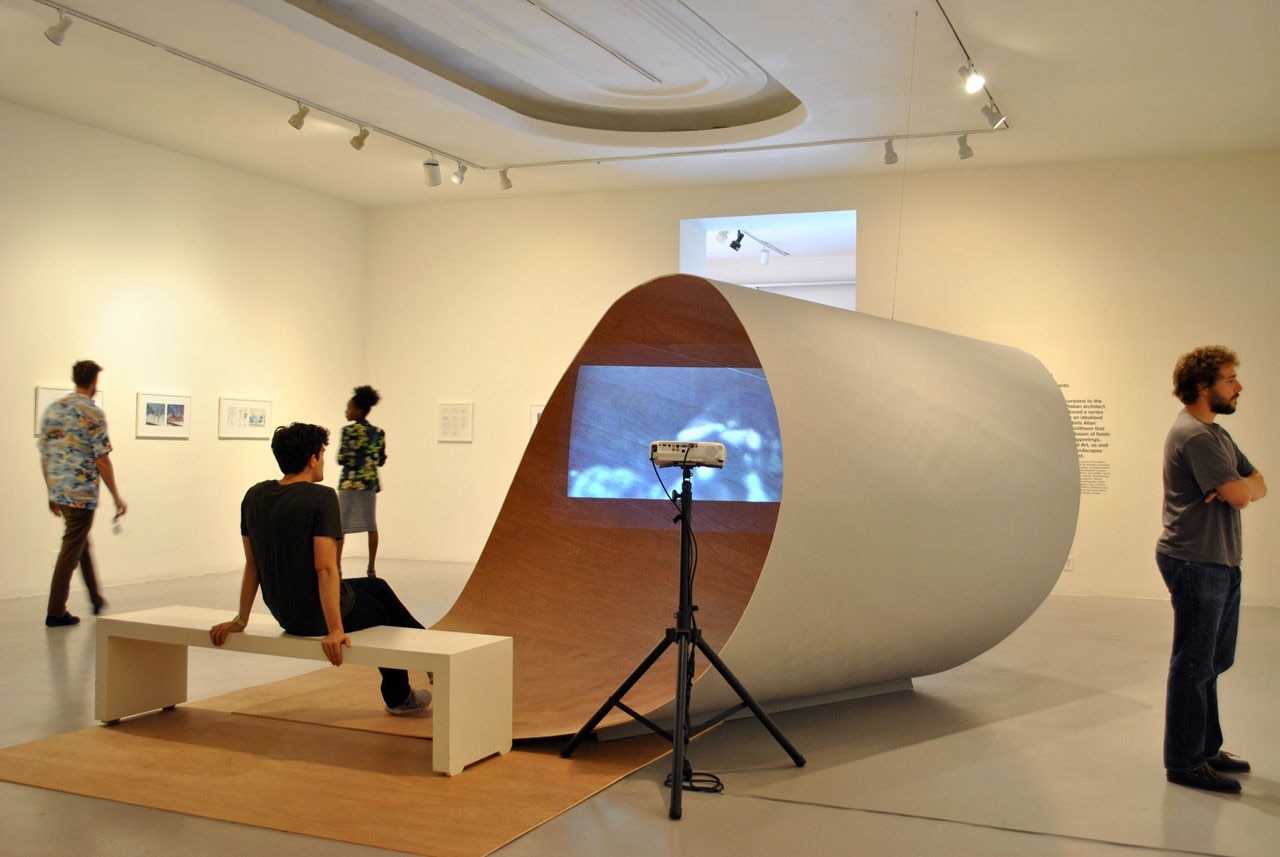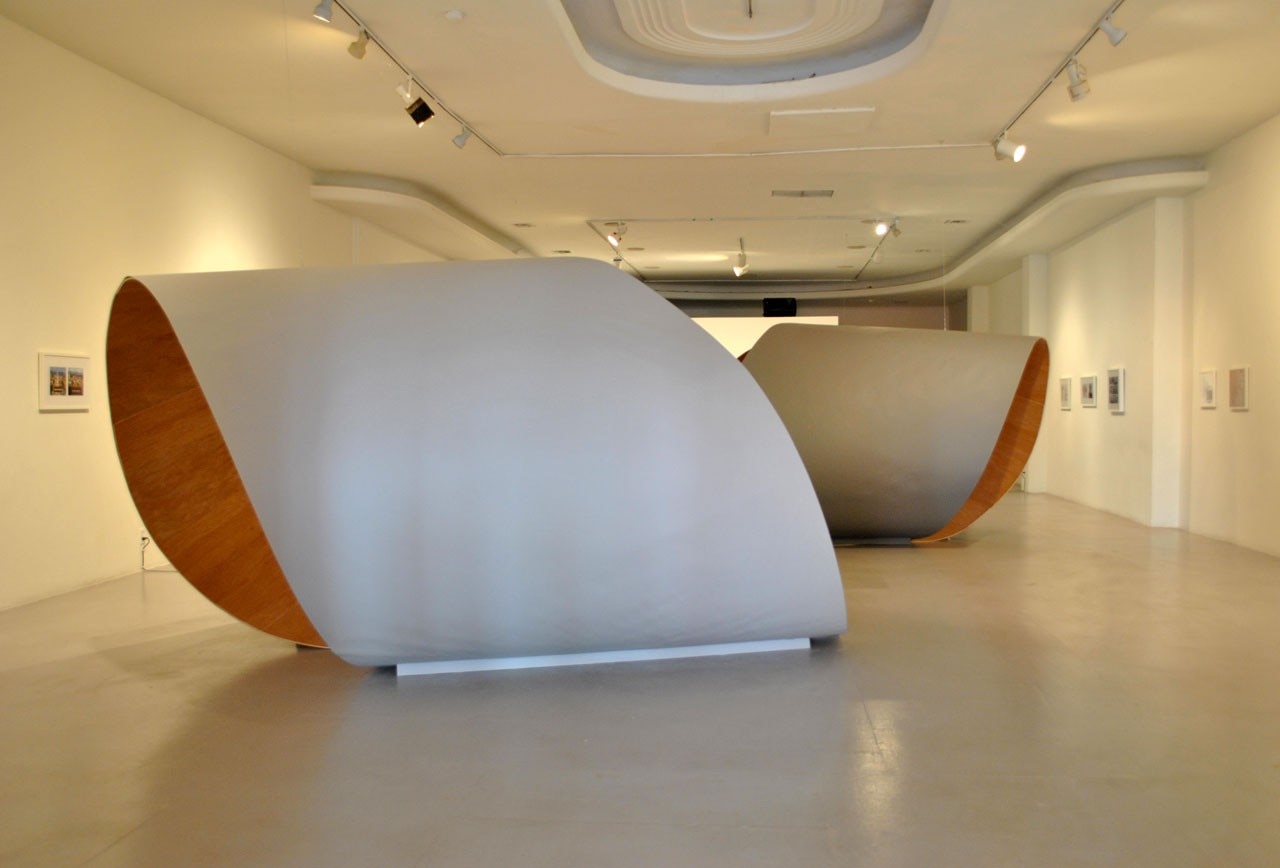
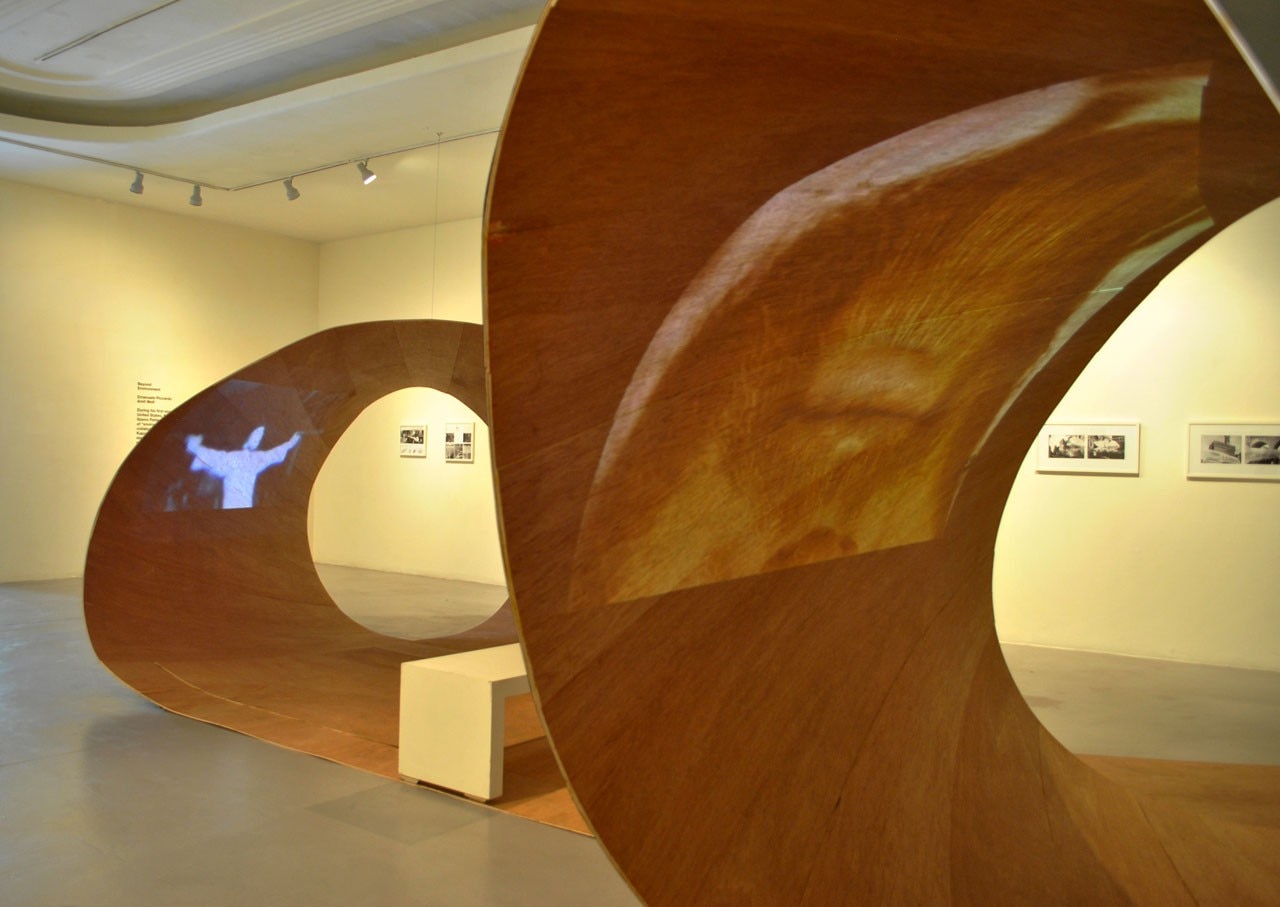
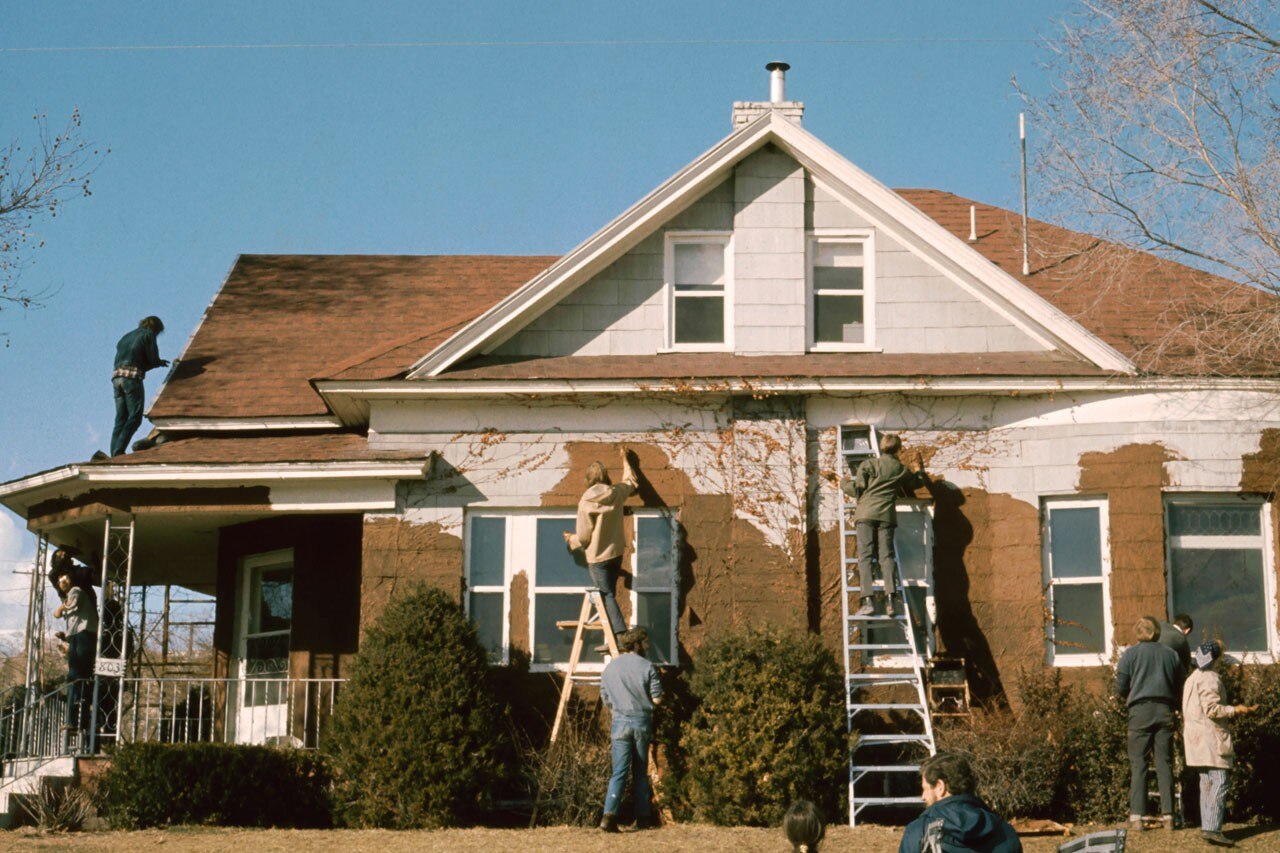
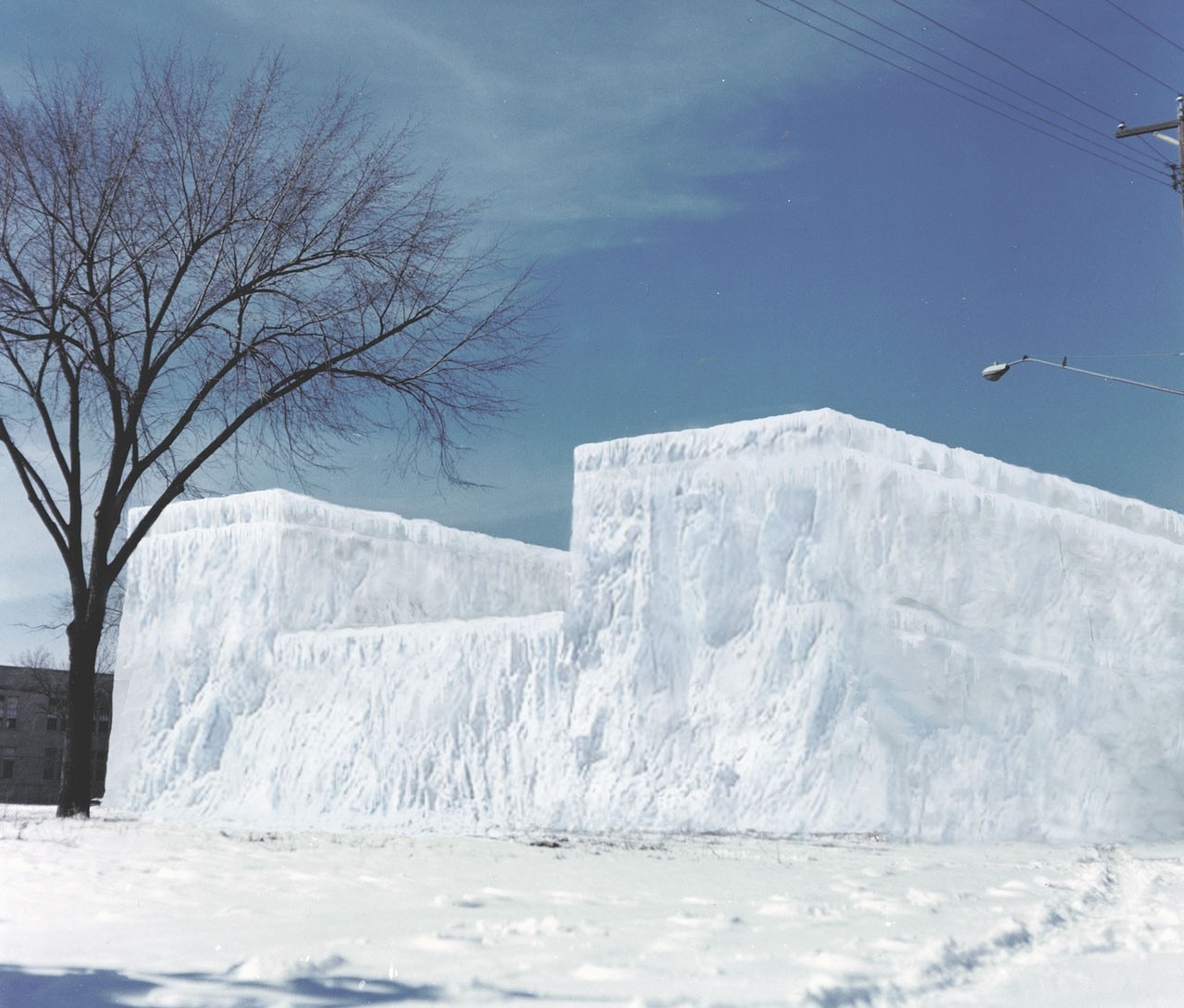

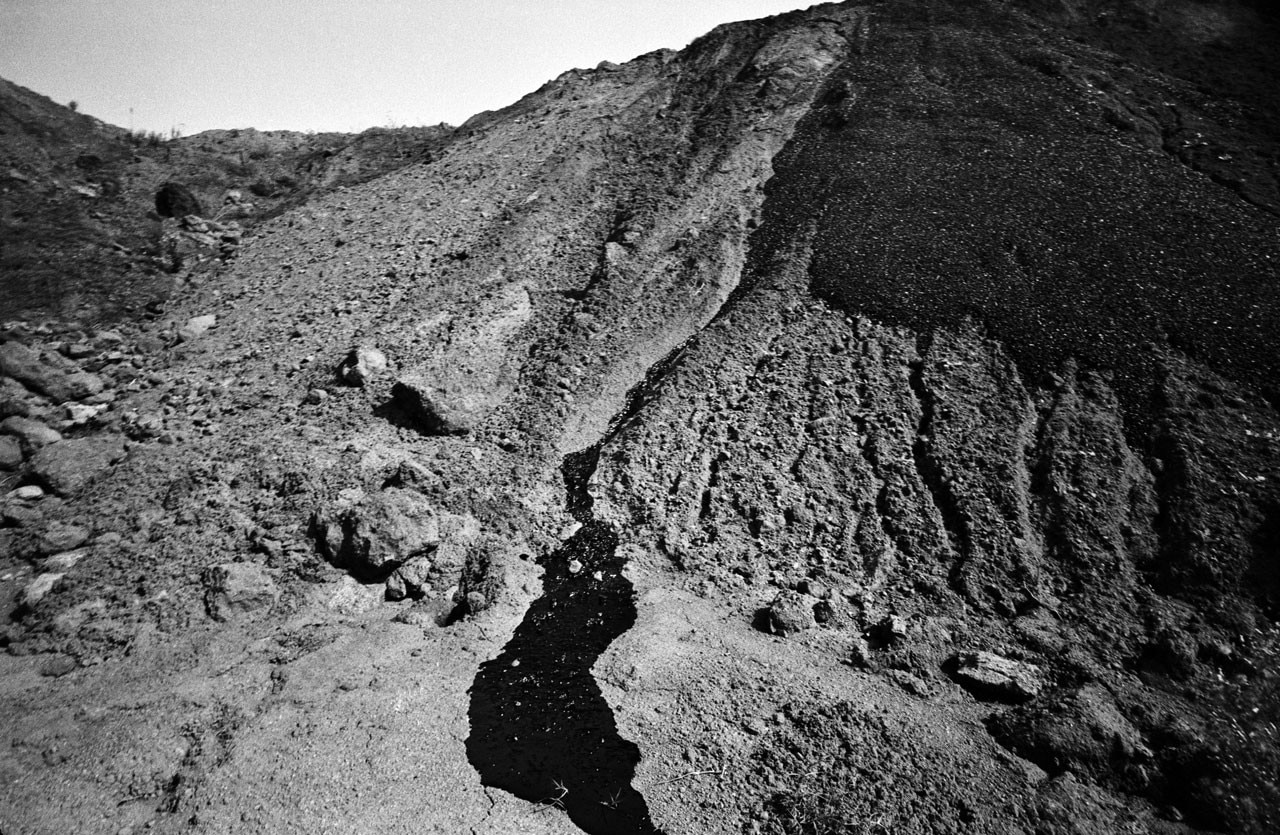
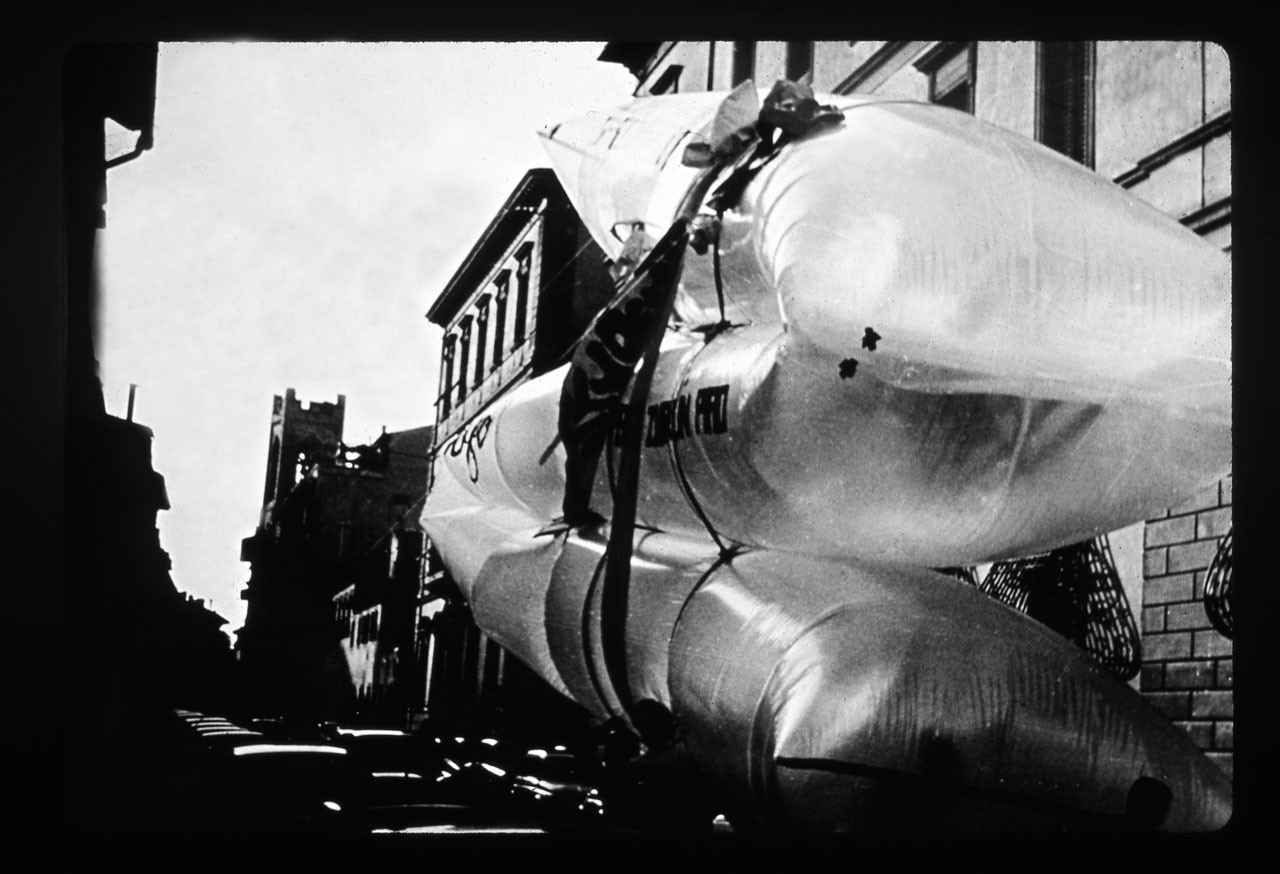
The meaning of the exhibition is not that of mere historiographic research because it raises important questions: Why have contemporary projects lost the desire to provoke or go beyond the simply superficial? Is it still possible to question pre-established aesthetic values as these experiments sought to do?
The significance of the “Beyond Environment” project lies not only in having evoked idealised collaborations but also in having indicated spaces for freedom and suggested that there are other potential ways to construct our environment.
until 9 November 2014
Beyond Environment
LACE, Los Angeles Contemporary Exhibitions


